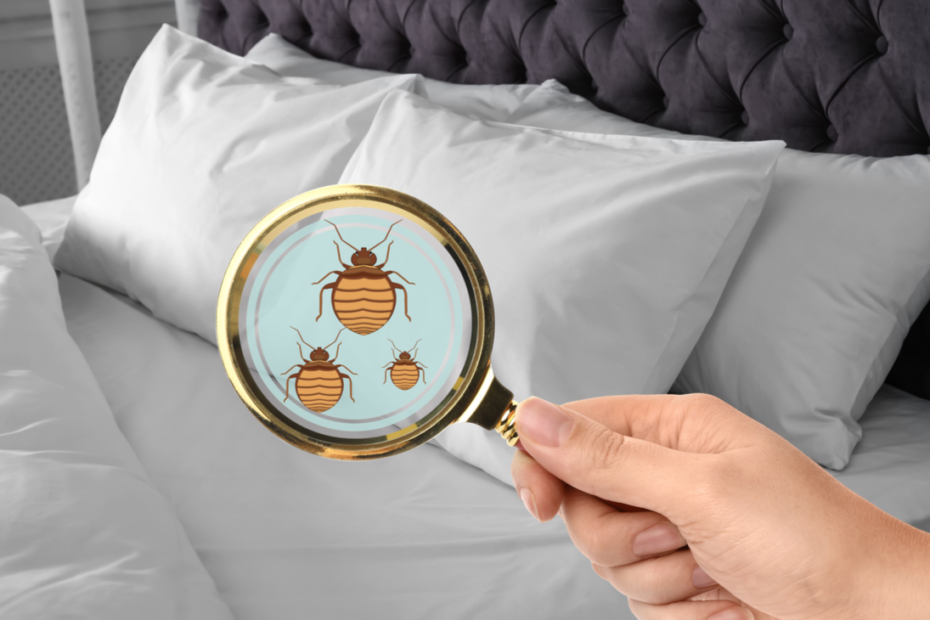Understanding bed bugs’ environment and how to get rid of them
Bed bugs are one of the most irritating pests that can invade your home. These small, reddish-brown insects are notoriously difficult to get rid of, and their bites can leave you feeling itchy and uncomfortable. But did you know that bed bugs are attracted to heat?
In this blog post, we’ll explore how bed bugs are attracted to heat sources and how temperature affects their development. We’ll also look at how heat stimulates bed bugs to seek human hosts for feeding and how heat treatments can control bed bug populations effectively.
How bed bugs are attracted to heat
Bed bugs are attracted to heat sources because they need warmth to regulate their body temperature and survive. These insects can detect heat using specialized organs known as thermoreceptors located on their antennae. They use these receptors to sense changes in temperature and locate heat sources, such as humans, pets, and warm areas of a home.
When humans are sleeping, they produce heat and carbon dioxide, which signals bed bugs that a potential blood meal is available. This makes bed bugs attracted to human body heat, carbon dioxide, and other chemicals that we emit through our sweat and breath.
Overall, understanding how bed bugs are attracted to heat is important for controlling infestations. Bed bugs require a consistent source of warmth to survive, and humans provide an ideal heat source for these insects. By targeting their heat sensitivity with effective pest control strategies, such as heat treatments, it is possible to manage and eliminate bed bug populations.
Heat treatment for bed bugs
Since bed bugs require moderate heat to survive, heat is also utilized to attract and eventually eliminate them. Heat treatments are an effective way to control bed bug populations because bed bugs are highly sensitive to temperature changes. When exposed to a temperature of around 113°F for 90 minutes or more, bed bugs and their eggs are killed quickly and efficiently.
Here are some ways heat treatments can control bed bug populations:
Heat treatment kills bed bugs and their eggs
A heat treatment involves using specialized equipment to raise the temperature of a room or area to a level that is lethal to bed bugs and their eggs. This method eliminates bed bugs in all stages of their life cycle, including eggs, nymphs, and adults.
Heat treatments are eco-friendly
Heat treatments do not use any chemicals, making them an eco-friendly alternative to traditional pest control methods.
Heat treatments can be done quickly
Heat treatments can be completed in a matter of hours, depending on the size of the infested area, making it a quick and effective method for controlling bed bugs.
Heat treatments penetrate hard-to-reach areas
Heat can penetrate into crevices, cracks, and other hard-to-reach areas where bed bugs may be hiding, making it a more comprehensive approach to controlling bed bug populations.
Read our New Blog: What Indicates a Rodent Problem
Heat treatments reduce the risk of re-infestation
Because heat treatments are so effective at killing bed bugs and their eggs, there is a lower risk of re-infestation compared to other methods.
Conclusion
Overall, heat treatments are an effective way to control bed bug populations because they eliminate bed bugs in all stages of their life cycle, are eco-friendly, quick, and comprehensive, and reduce the risk of re-infestation.
Don’t let bed bugs invade your space and make you feel uncomfortable in your own home. If you suspect a bed bug infestation, don’t hesitate to take action. Call Unitech Pest, and let our experienced professionals help you eliminate these pests with safe and effective heat treatments.
Say goodbye to bed bugs and hello to a peaceful, comfortable sleep. Contact Unitech Pest today!


